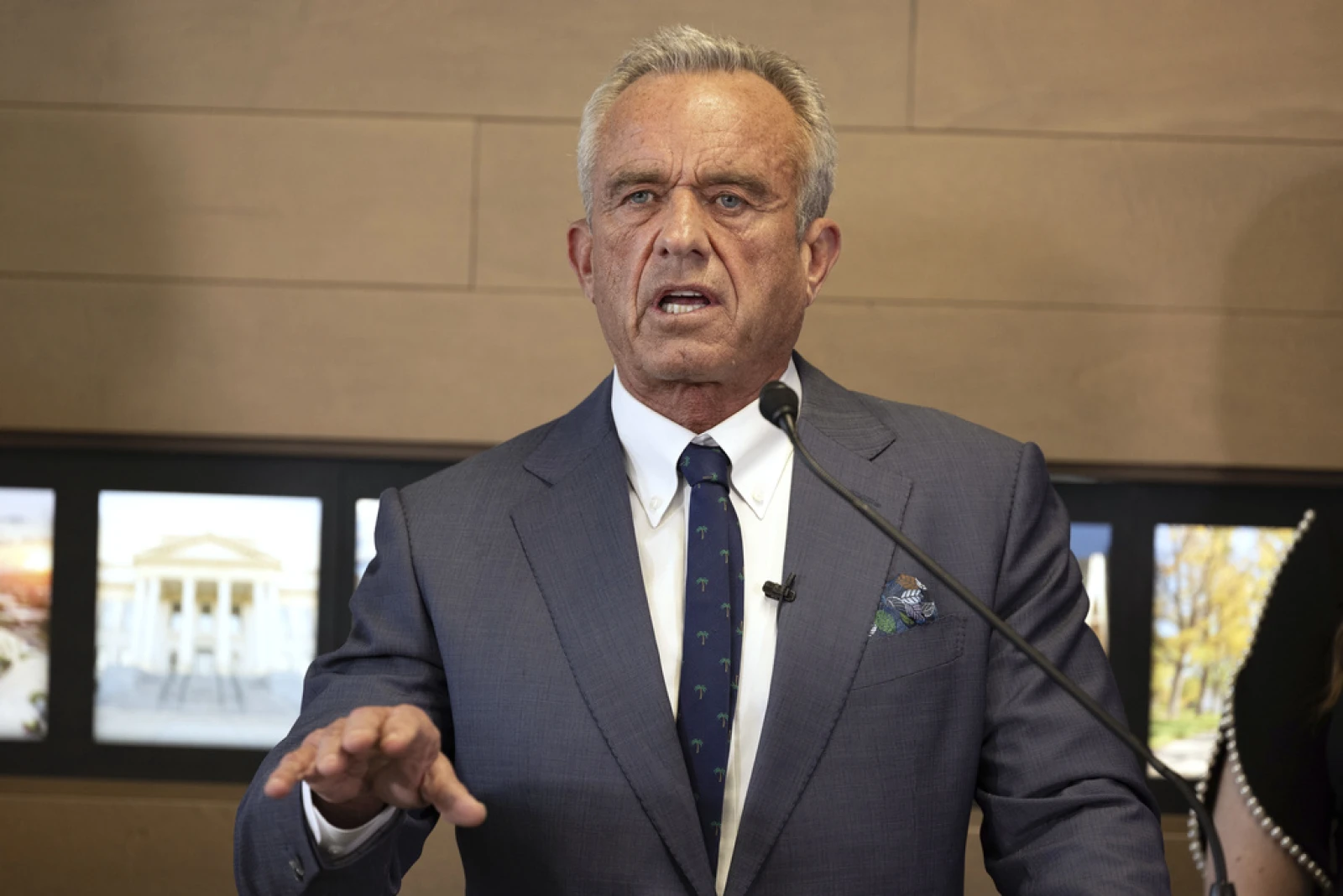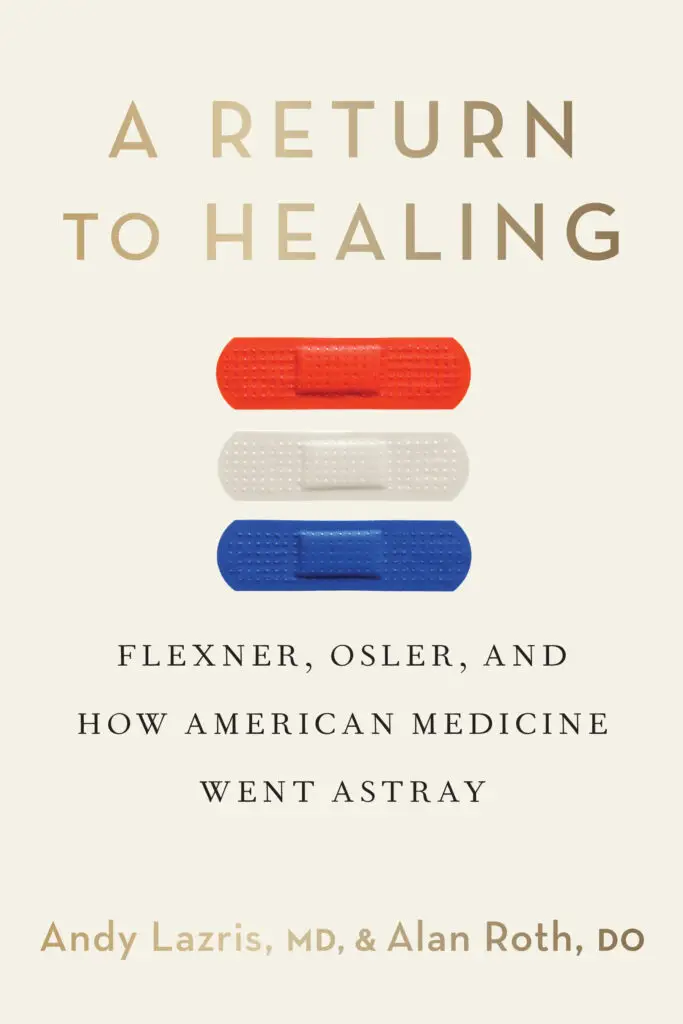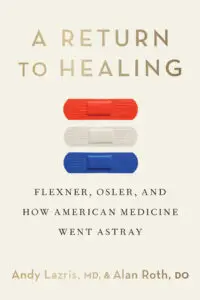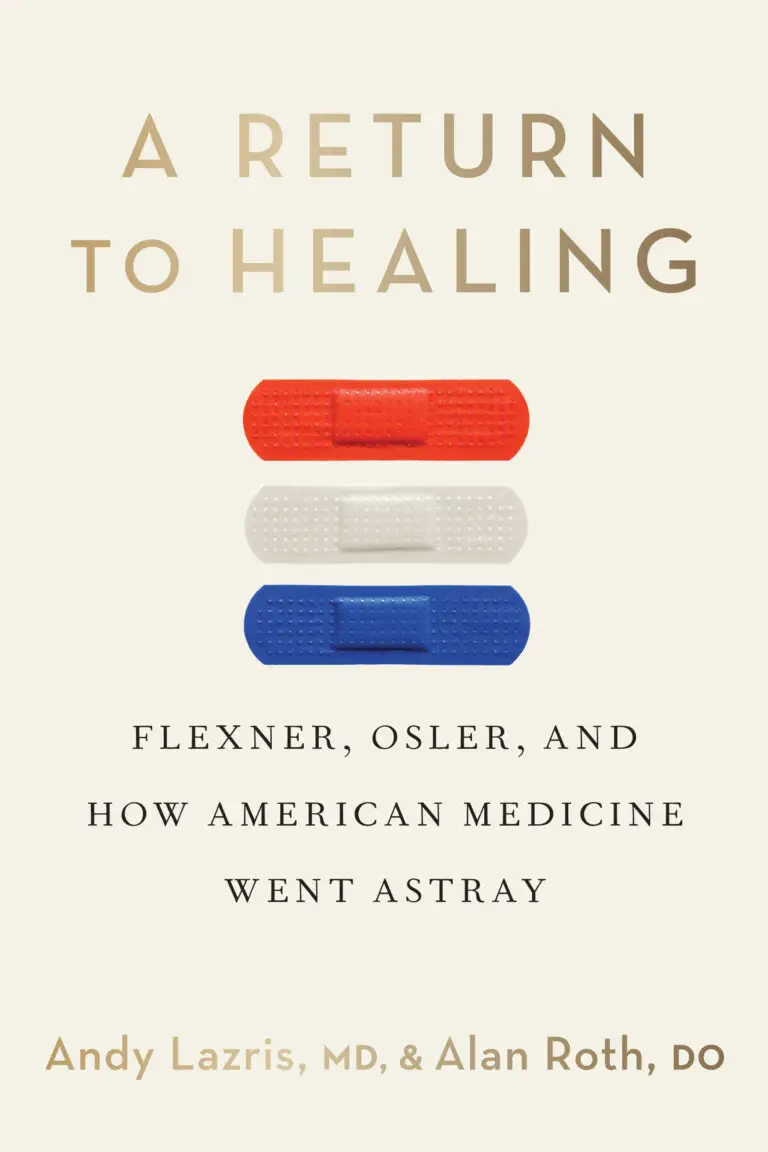Introduction to Hospice and Palliative Care: What You Need to Know
When medicine can no longer cure, care becomes the most powerful tool we have.
This introduction to hospice and palliative care highlights how early, compassionate support can improve quality of life during serious illness. Far from being limited to end-of-life care, palliative medicine focuses on comfort, dignity, and communication—values deeply aligned with the message of A Return to Healing. This clinical article by Dr. Alan Roth and Dr. Angelo Canedo helps healthcare providers and patients better understand this critical approach to modern medicine.
This resource, published in Primary Care: Clinics in Office Practice, provides a clear and compelling case for integrating palliative care early in treatment. The authors stress that this model of care is not only about managing pain or end-of-life care, but also about helping patients live better—physically, emotionally, and spiritually—at every stage of their illness.
Key Takeaways from the Article
1. Palliative Care Starts Early
Many people mistakenly believe palliative care only applies at the very end of life. This article clarifies that it should begin early alongside curative treatments, offering relief and support through every phase of serious illness.
2. A Multidisciplinary, Patient-Centered Approach
Effective palliative care involves physicians, nurses, social workers, chaplains, and therapists working together. This team-based model ensures patients receive well-rounded support tailored to their individual needs.
3. The Crucial Role of Primary Care Physicians
Dr. Roth emphasizes that primary care doctors—those who know the patient best—are ideally positioned to lead palliative care conversations and guide treatment choices with compassion and clarity.
4. Clear Communication and Prognosis Matter
Empathetic, honest conversations about prognosis are vital. The article encourages better training for clinicians in discussing care goals, managing expectations, and providing emotionally intelligent support for patients and families.
5. Aligns with the Mission of “A Return to Healing”
This article complements the message of A Return to Healing, which calls for a shift away from impersonal, data-driven medicine and back to compassionate, individualized care. Both resources stress the importance of treating the whole person, not just the disease.
What Is Hospice and Palliative Care?
Palliative care is specialized medical care that supports patients living with chronic or life-limiting illnesses. Hospice is a type of palliative care focused on the final months of life.
The Value of a Team-Based, Patient-Centered Model
Care teams include physicians, nurses, social workers, and chaplains. Together, they support not just symptoms, but emotional and spiritual needs as well.
Primary Care Physicians Are Essential to Palliative Care
Patients often trust their primary care provider most. These doctors can help guide treatment goals, share prognoses, and start vital conversations early.
Aligning with A Return to Healing
This introduction to hospice and palliative care reinforces the book’s mission: to return to a system that treats the person, not just the condition.
Learn More
If you’re passionate about transforming healthcare into something more humane, equitable, and effective, don’t miss A Return to Healing—a powerful book by Dr. Andy Lazris and Dr. Alan Roth.







